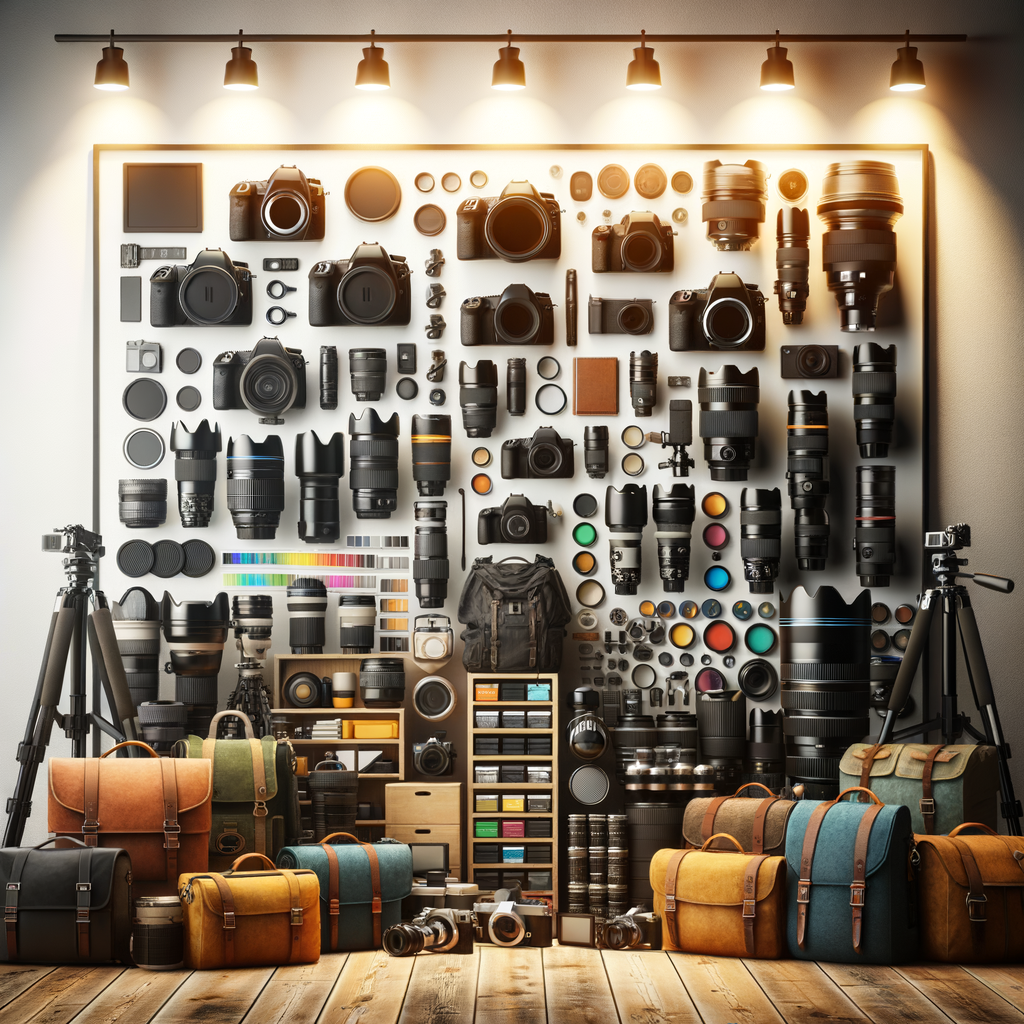
Choosing the right photography equipment is no easy task, especially for those just starting their journey in photography. The modern range of cameras, lenses, and accessories can baffle even the most experienced. In this article, we will explore the key aspects to consider when selecting photography gear to ensure successful and high-quality shoots.
1. Understanding the Type of Photography
Before diving into equipment selection, it’s important to determine what type of photography you want to pursue. Each area — whether it’s portrait, landscape, macro, or street photography — requires different tools. For landscapes, you may need wide-angle lenses, while for portraits, fast prime lenses are ideal.
2. Choosing a Camera
Cameras come in various types: DSLR, mirrorless, and compact cameras. DSLRs offer a wide range of lenses and higher performance in low-light conditions, while mirrorless cameras are generally lighter and more compact.
For beginners, it’s often recommended to start with a mirrorless or entry-level DSLR camera as they are more versatile and help in grasping the basics of photography better.
3. Lenses: What to Choose?
The importance of lenses in photography cannot be overstated. They directly affect the image quality. If primarily using one camera, consider purchasing a few lenses for various scenarios — for instance, a standard zoom and a fast prime lens. For portraits, a 50mm or 85mm lens with a large aperture would be ideal.
4. Image Stabilization
Stability is essential, especially for shooting in low light or with long exposures. This can be either an in-camera system or stabilization built into the lens. Choosing equipment with a good stabilization system will help avoid blur caused by hand shake.
5. Accessories: What’s Necessary?
Besides the camera and lens, there are a number of accessories that can significantly enhance your photography:
- Tripod: indispensable for long exposures and shooting in low light.
- Filters: protective, polarizing, and neutral filters help control light.
- Flash attachments: provide additional lighting in challenging conditions.
- Extra batteries and memory cards: essential for long shoots.
6. Budget and Online Research
Setting a budget before diving into shopping is crucial. Using online resources, you can compare prices and read reviews of specific models. This helps avoid unnecessary spending and disappointment.
7. Practice and Experimentation
Remember that no matter how thoughtfully you approach equipment selection, the greatest impact on your photography will come from your practice. Experiment with different lenses and accessories, and you'll find what works best for you.
Conclusion
Selecting photography equipment can seem like a daunting task, but if you focus on your needs and experiment with various tools, you are bound to find the perfect gear for yourself. Ultimately, what matters most is your vision and your ability to convey it through your camera.


